All products featured are independently chosen by us. However, SoundGuys may receive a commission on orders placed through its retail links. See our ethics statement.
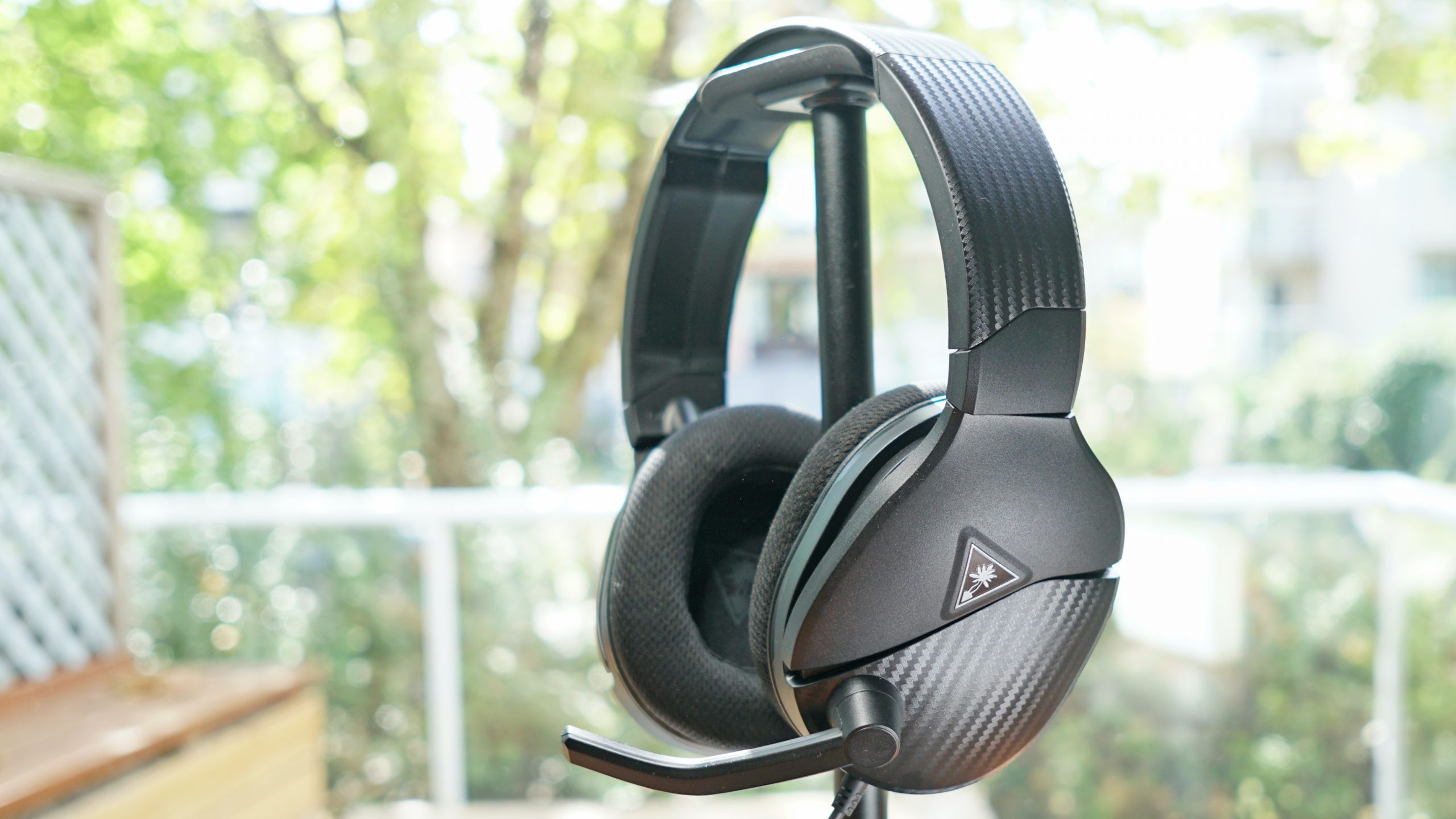
Turtle Beach Recon 200 Gen 2 review
Published onJanuary 7, 2022
Turtle Beach Recon 200 Gen 2
When the Turtle Beach Recon 200 came out, having a wired gaming headset with a feature that requires an additional battery was an odd choice—it still is. The Turtle Beach Recon 200 Gen 2 makes minimal changes to its predecessor’s formula, offering a virtually identical frame, the same features, and yes, the same battery powered bass boost.
Let’s see how it all shakes out.
Editor’s note: this Turtle Beach Recon 200 Gen 2 review was updated on January 7, 2022, to expand the list of buying options, update the score with results from our reader poll, and add to the Alternatives section.
Who is the Turtle Beach Recon 200 Gen 2 for?
- Gamers on a budget who want something they can just plug in and play.
- Bassheads who really like the idea of throwing an extra power supply for loud low-end output.
- At-home workers who want something minimalist they can use on Zoom calls without too much fuss.
What is the Turtle Beach Recon 200 Gen 2 like?
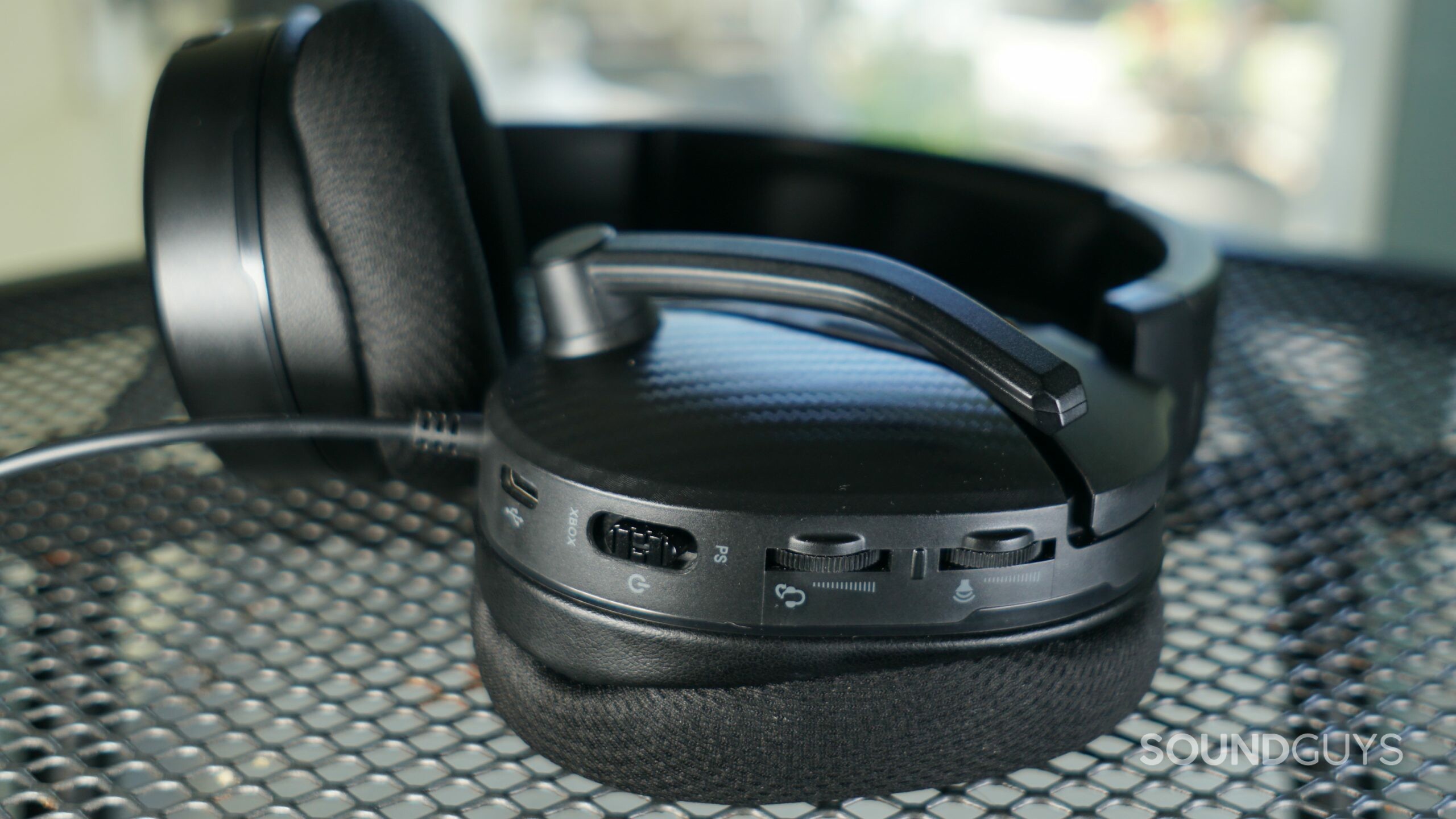
There are very few physical differences between the Turtle Beach Recon 200 Gen 2 and its gen 1 predecessor. This is still a wired 3.5mm gaming headset, and it still uses a rechargeable battery to power a bass boost mode for Xbox and PlayStation platforms (it works just fine with Nintendo Switch, too). The headset features a nearly identical mostly plastic frame, with a steel strip running through the headband. There’s still the same two-part hinge system, which lets the headphones rotate to lay flat, and allows for a small degree of tilt to account for different head shapes—it’s not that much, so people with big heads may find the headset a little snug.
The Recon 200 Gen 2 ear pads feature a new mesh covering, which is comfortable and makes achieving a decent seal around the ear pretty easy. The ear pads feature grooves toward the front to alleviate pressure from wearing glasses, so this should be a relatively comfortable option for bespectacled gamers as well. The move to mesh keeps heat build-up to a minimum, but it doesn’t do isolation performance any favors, and similarly, it struggles to contain sound—even at moderate volumes, people sitting near you will quickly figure out what you’re listening to.
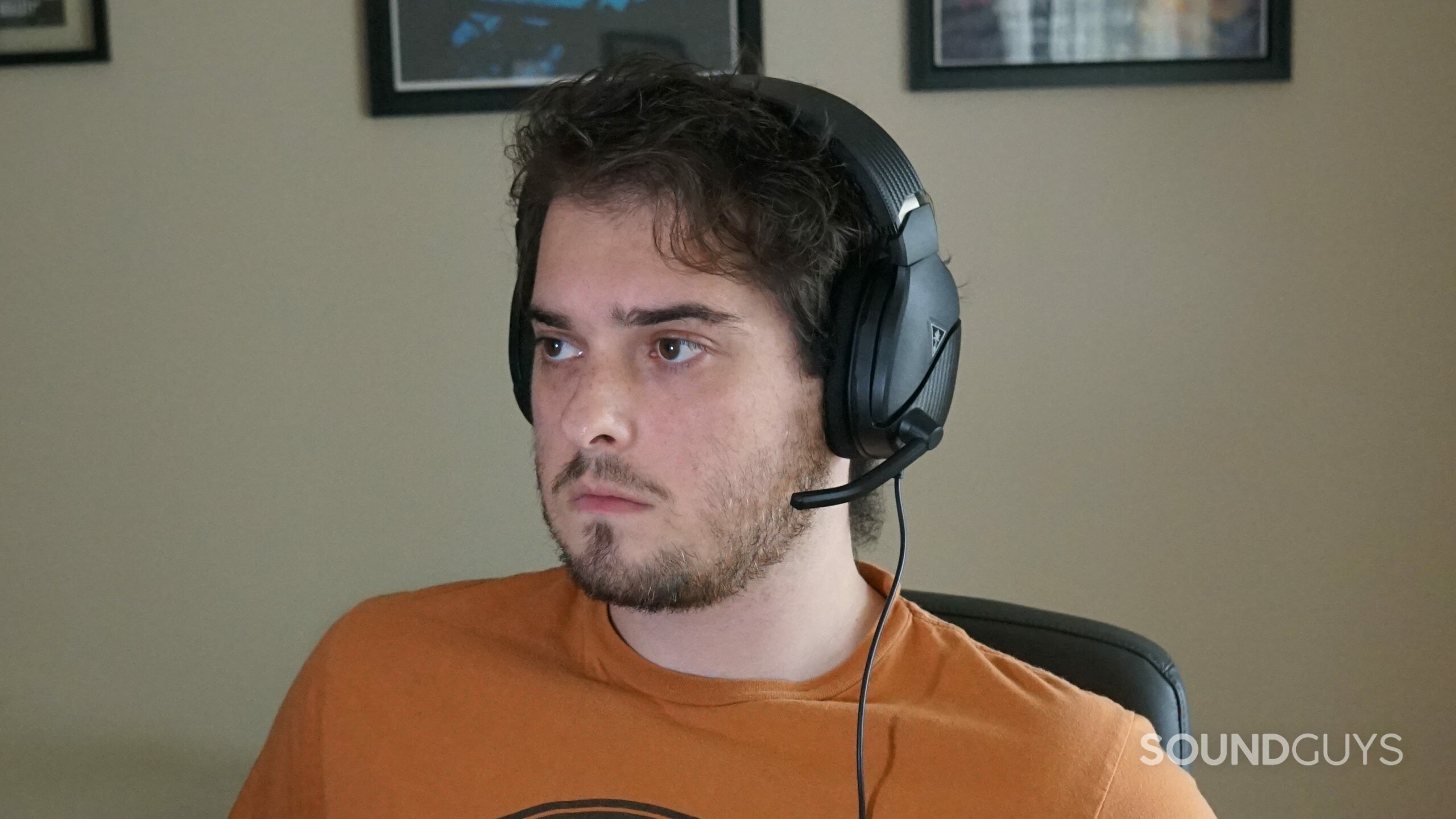
Actually using the headset is pretty straightforward—just plug it into whichever headphone-jack-sporting device you want and you’re good to go. The Turtle Beach Recon 200 Gen 2 sports an attached microphone that flips up to mute—it’s made of rigid plastic, so there’s not much room to maneuver it, but that also means you won’t need to worry about whether your mic could be in a better spot. The headset features limited on-ear controls, with a dial for sidetone/monitoring volume, and a dial for headphone volume, as well as a power switch with an Xbox setting, a PlayStation setting, and an off setting. (The headset still works in the off position, it just doesn’t have the increased bass response.)
The audio profile switch definitely changes how the Recon 200 sounds, but the first thing you’ll notice is the difference in the volume. Yes, the bass is more emphasized (more on that in a bit), but both the Xbox and PlayStation settings really boost the overall volume. In fact, the only reason there’s a distinct position for either platform is because Sony and Microsoft have different requirements for baseline loudness on their gaming consoles. The result of this is that the PlayStation setting is around 6dB louder than the Xbox one, and considerably more compared to the off setting.
How is the Turtle Beach Recon 200 Gen 2’s battery life?
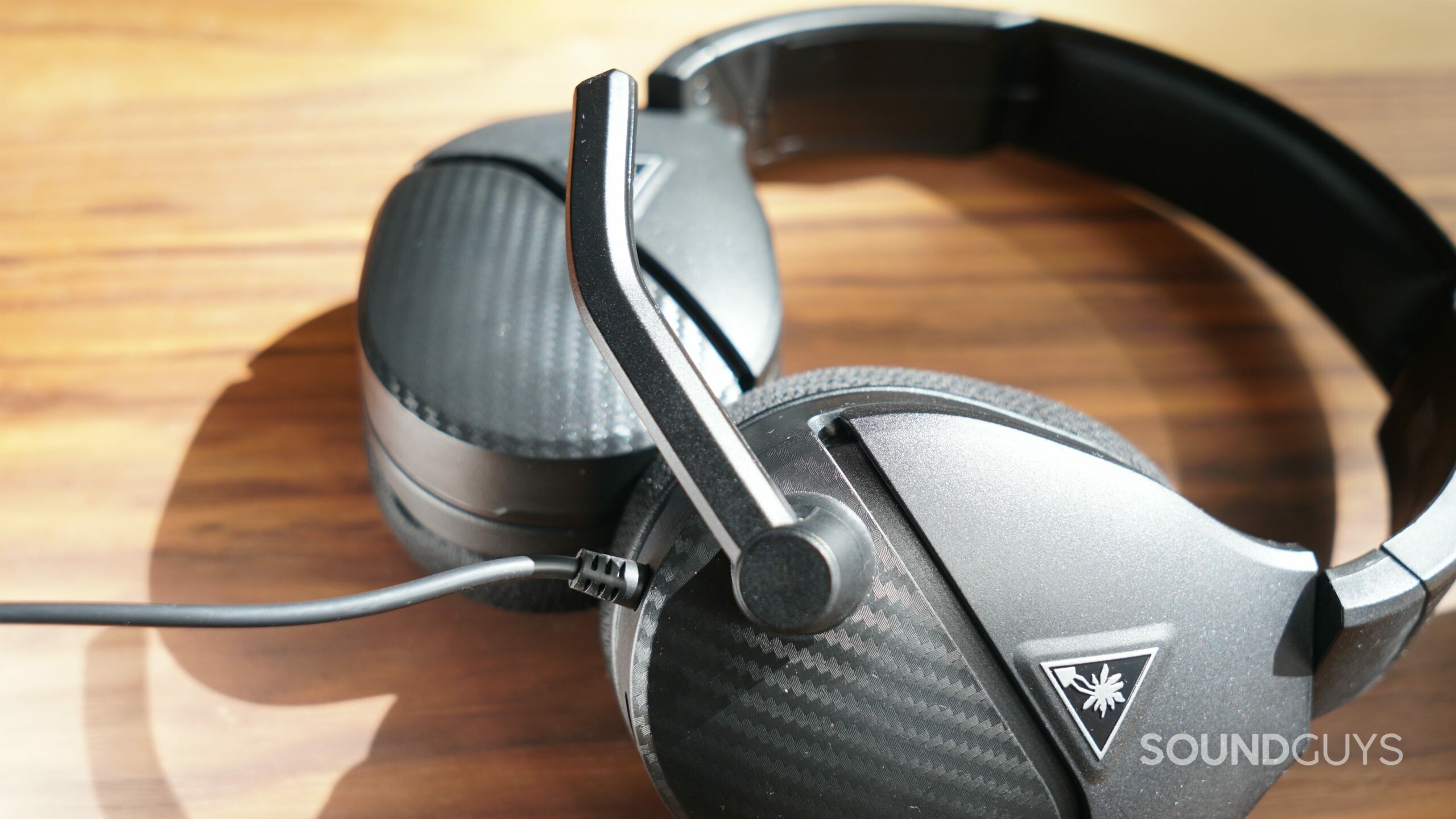
Doing a battery test is an odd thing with the Turtle Beach Recon 200 Gen 2. Again, this is a 3.5mm wired gaming headset—it doesn’t need a battery to work. Once the battery runs out, the sound will change, but it won’t stop. Turtle Beach claims that the battery has enough juice to keep the bass boosted for 12 hours, but in our testing, we found it exceeds that number.
At a consistent output of 75dB(SPL), the Turtle Beach Recon 200 Gen 2 lasted 14 hours, 31 minutes on a single charge. This isn’t the best result on the market, but it’s nothing to sneeze at. It’s also profoundly mitigated by the fact that you can just keep playing when the battery dies without the need to change anything if you’re in the middle of a session. The headset now sports an updated USB-C input for charging, but using the bass boost while you charge the headset probably isn’t a good idea—every time I try it, a horrible buzz comes through headphones as soon as I switch the power on.
How is gaming with the Turtle Beach Recon 200 Gen 2?
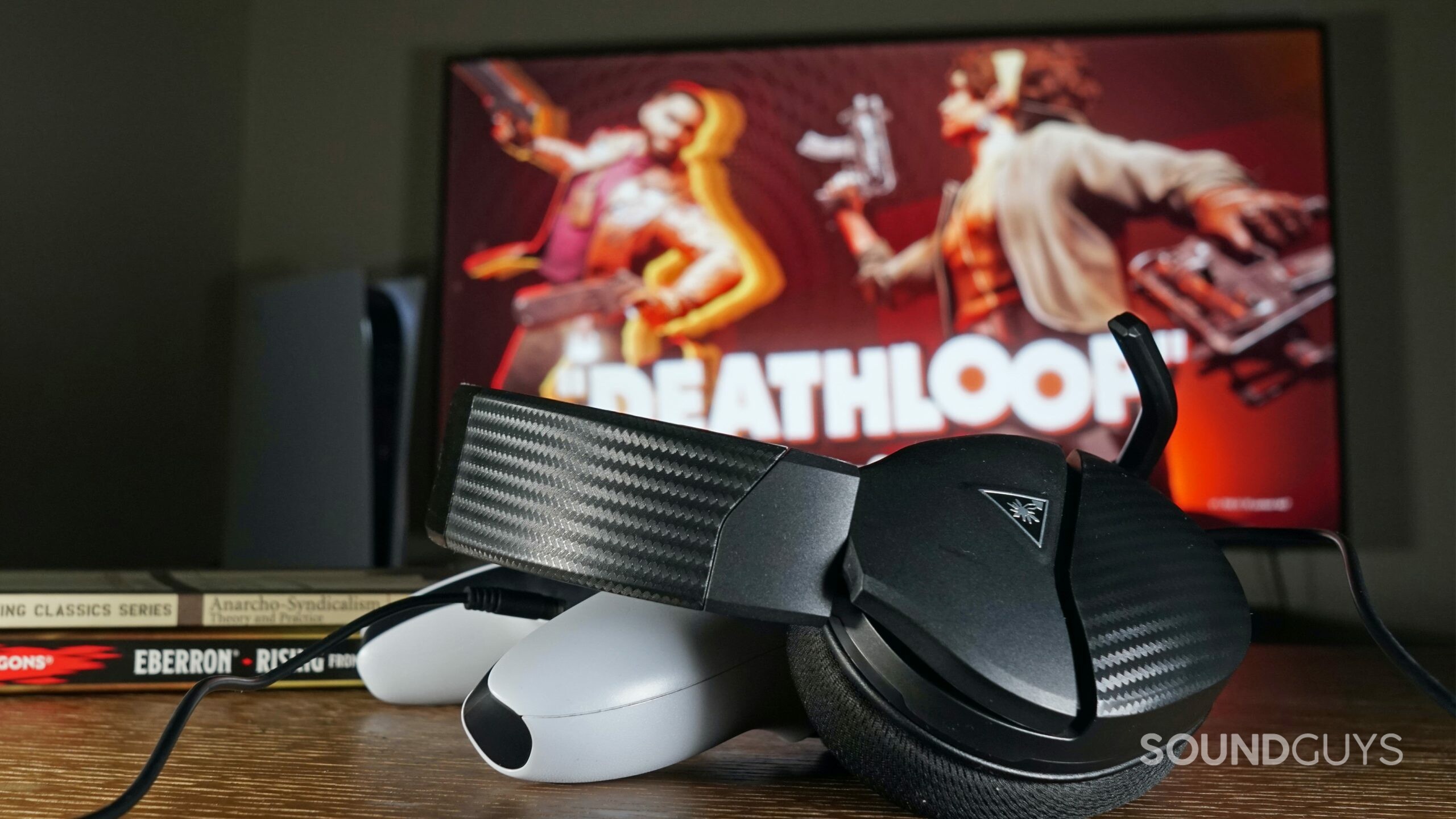
The Turtle Beach Recon 200 Gen 2 performs equally well across gaming platforms. If you’ve got something with a headphone jack, this is a more than adequate option to comfortably play for hours on end. The ear pads make heat and sweat a non-issue during extended gaming sessions.
The headset ably handles the PlayStation 5’s spatial sound feature, whether the PlayStation mode is switched on or not (after all, it’s just a custom EQ switch). The sounds of oblivious enemies going about their business while sneaking around the island of Blackreef in Deathloop comes through clearly, and directional cues are easy to pick.
On PC, the Recon 200 Gen 2 doesn’t have any issues with the chaotic sounds of heated firefights in a game like Apex Legends. It handles Microsoft’s built-in Windows Spatial Sound feature well too.
How well does the Turtle Beach Recon 200 Gen 2 block out background noise?
Loading chart ...
The Turtle Beach Recon 200 Gen 2 features pretty much the same degree of attenuation as its predecessor—basically, its isolation performance is nothing special. This will do a fine job keeping the less obtrusive noises of the home at bay (especially with the power on, given it’s just louder), but don’t expect to miss anyone calling out your name.
Again, this headset does a bad job keeping sounds in, which isn’t really the same as isolation but bears mentioning anyway. If you’re buying a gaming headset to keep whatever you’re doing private, or at least keep it from bothering someone nearby, the Recon 200 Gen 2 will not achieve this at moderate volumes.
How does the Turtle Beach Recon 200 Gen 2 sound?
Loading chart ...
With the power switch turned on, the Turtle Beach Recon 200 Gen 2 sticks pretty closely to the trends of the gaming headset market, albeit to a much more significant degree than most. This measurement reflects the headset with the switch turned to the PlayStation setting. Remember, the only difference between the Xbox and PlayStation varieties is overall volume—the frequency response is identical.
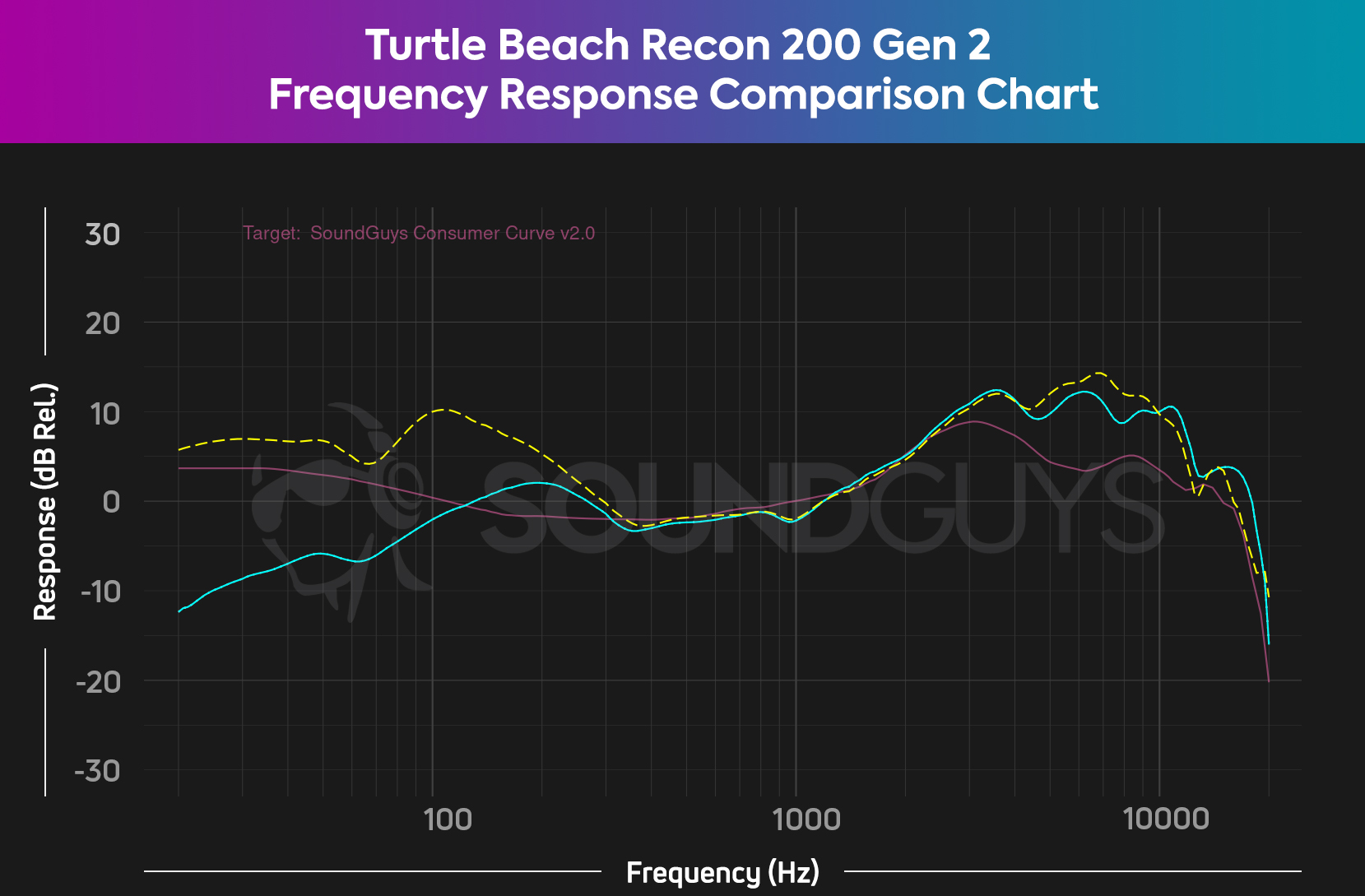
As the chart above shows, without the power turned on for the bass boost mode, the Recon 200 Gen 2 dramatically under-emphasizes bass output, but otherwise sounds virtually identical (apart from the increased gain). Neither result yields a bass response that is terribly close to our target curve, so it really comes down to whether you want a huge amount of bass, or not very much—this might vary by game for you.
Lows, mids, and highs
In music, the Turtle Beach Recon 200 Gen 2 will either amp the bass up to levels that will assuredly cause auditory masking or drain it out significantly. On top of that, treble notes get a pretty significant boost, regardless of whether the power is on. In Machu Picchu by The Strokes, the guitar strumming and bass drum drive the rhythm of the song and come through clearly with the power on, thanks to the added bass and treble emphasis, but Julian Casablancas’ vocals can get a little hard to hear as the song gets more intense. This is less of a problem with the power off, but you’re trading vocal clarity for any significant oomph from the bass guitar and a lot of the reverberations of the drums.
In game, the boosted bass mode will make the din of the battlefield sound pretty intense, though even without it, sounds like explosions and gunfire will still be the loudest sounds in a given scene. In fact, if you lean to the more competitive end of the gaming spectrum, you may find the degree to which the added bass emphasis masks subtler sounds like footsteps in Valorant or Fortnite a little obnoxious.
How is the microphone on the Recon 200 Gen 2?
The Turtle Beach Recon 200 Gen 2 features a fairly accurate sounding microphone for a gaming headset. Voices come through clearly enough, and at an adequate volume. It doesn’t really do anything to mitigate background noise, which means that sound bleeding out of the headphones can come through on calls. Listen for yourself:
How does the microphone sound to you?
As of January 7, 2022, nearly 72% of respondents rated the sample between “okay” and “good,” which is a fine result but nothing worth awarding.
Should you buy the Turtle Beach Recon 200 Gen 2?
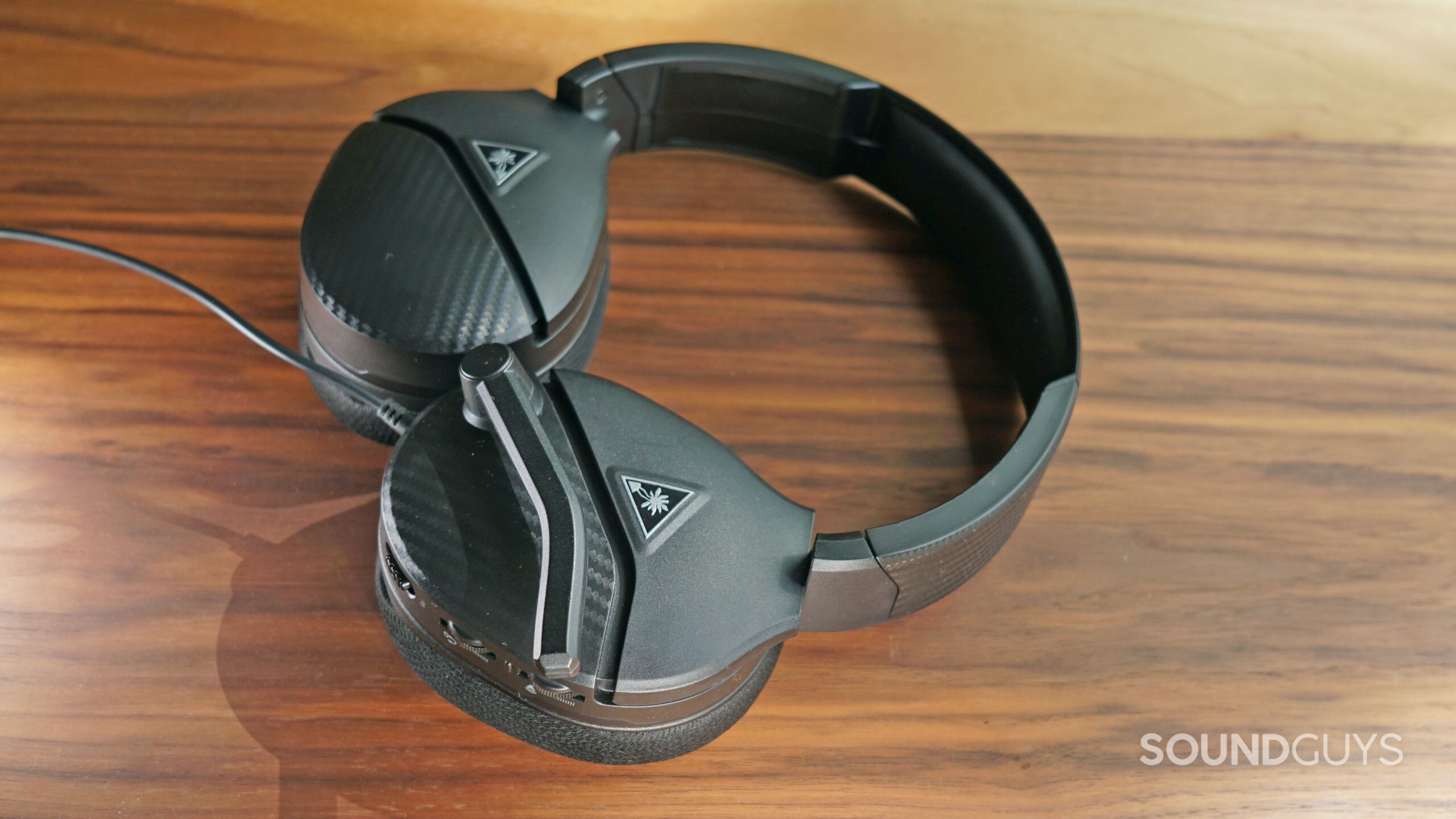
If you’re hoping for a big update to make something as odd as the Recon 200 a less befuddling option, this isn’t it. However, if you just want something cheap and easy to use, and all that added bass is attractive, you should check it out.
The Turtle Beach Recon 200 Gen 2 isn’t a bad gaming headset, by any means. It’s comfortable, reasonably priced, works everywhere, and has a decent microphone. Whether it’s boosted bass mode is at all desirable depends more on your personal preference, but audio reproduction is hardly accurate—basically, it can give you either not nearly enough bass or far too much, and nothing in between.

If that kind of product excites you, this headset might be worth a look. Given that the Recon 200 Gen 2 is just a little over half the price of a lot of the great options on the market, you’d probably have trouble finding a better deal brand new.
What should you get instead of the Turtle Beach Recon 200 Gen 2?
If you’re out for the cheapest wired option possible, the JBL Quantum 50 offers far more accurate sound at half the price of the Turtle Beach Recon 200 Gen 2. These wired gaming earbuds don’t have as good a microphone, but isolation performance is also quite a bit better.
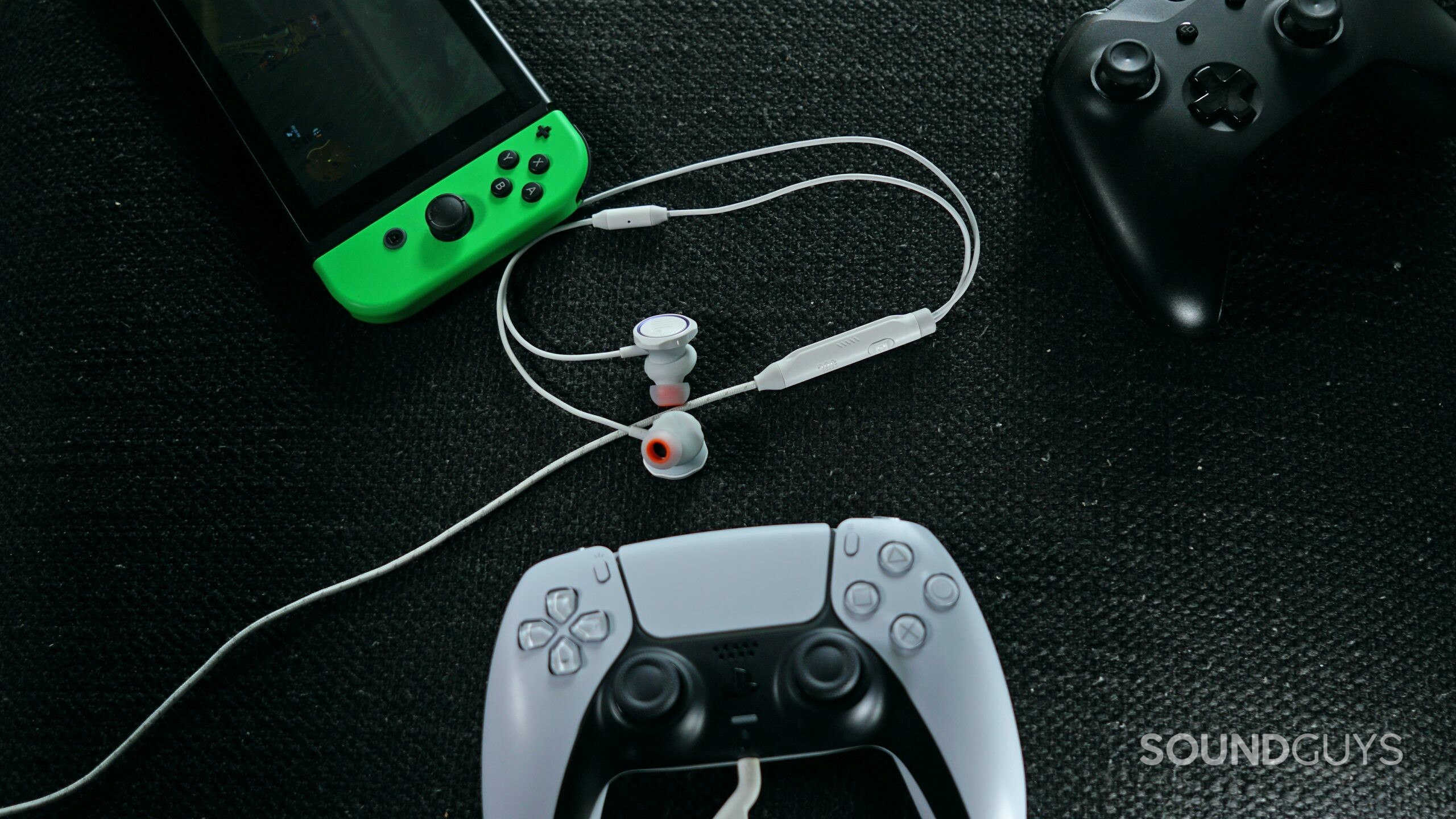
If you’re set on an over-ear gaming headset and you just want something that hits a nicer medium on bass response, the Turtle Beach Recon 500 is only $20 more expensive. However, it has similar issues with the microphone picking up headphone audio. If you want to swing the other way with your budget and go a bit cheaper, check out the Turtle Beach Recon Spark for its comfortable design, good sound, and cross-platform compatibility.
There are plenty of sub-$100 gaming headset options, but the really great stuff all largely starts around there. Headsets like the SteelSeries Arctis 1 Wireless, Razer Barracuda X, and HyperX Cloud Alpha all have their own strengths and weaknesses, but in general, they just have fewer trade-offs—they all sound better, feel better, and have more durable-feeling builds. The Barracuda X and Arctis 1 are both wireless, too.